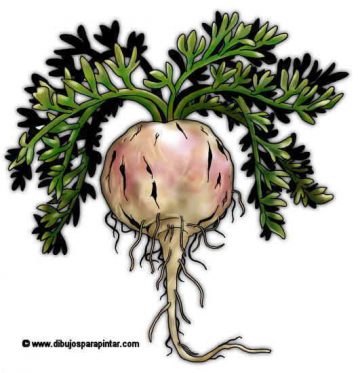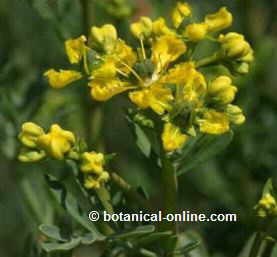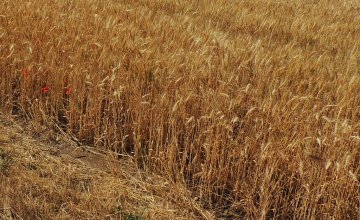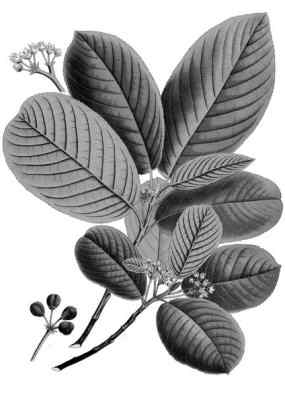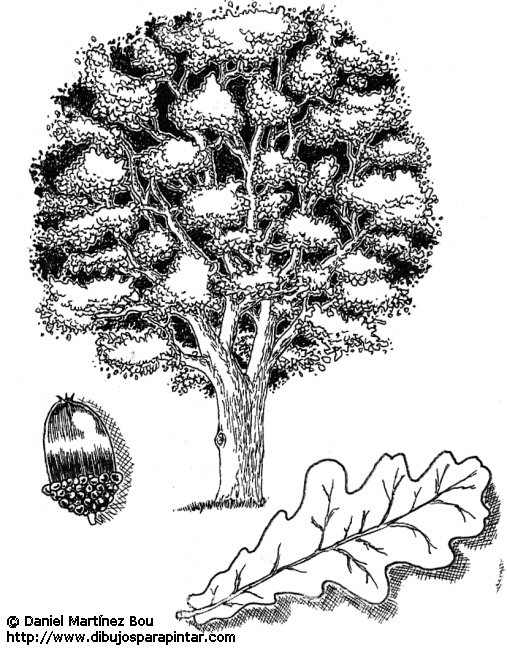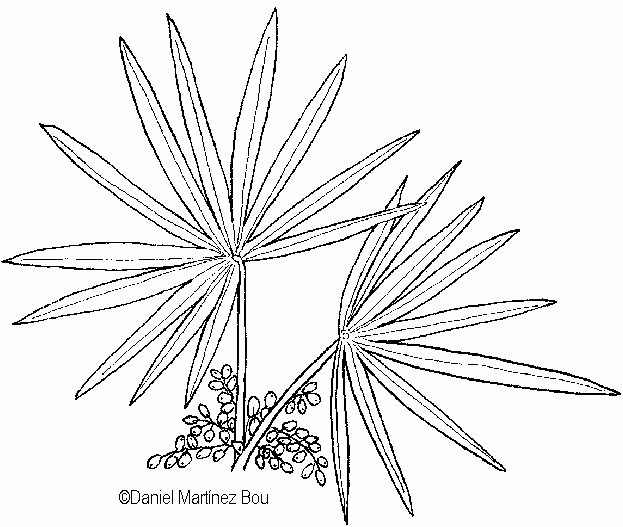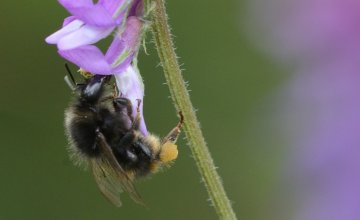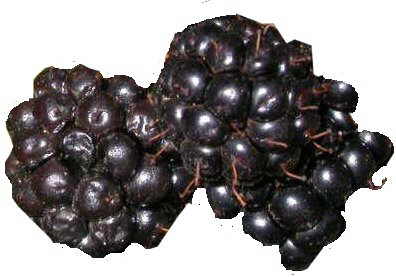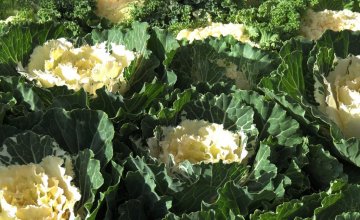Contents
Origin of maca
It is believed that the cultivation of Maca began in Junín (Peru), more than 2,000 years ago. It was domesticated by the Inca civilization. Some anthropologists cite its cultivation in 1,600 BC.
In the Inca civilization, maca was the food of the nobility and was part of rituals and ceremonies, so the extension of cultivation was very wide in the Peruvian plateau. In the vicinity of Lake Junín (Peru), remains of narrow terraces were found where Maca had previously been cultivated.
Among the high mountains, it was believed that maca consumption cured infertile couples, so it was very commonly consumed in their food, and was a symbol of prosperity for the people.
Historical cultivation of maca for food purposes
Its tuberous roots resemble of those of its relative, radish. They are yellow, purple or yellow with purple bands. Currently and in ancient times, they have great nutritional importance for being rich in sugars, starches, proteins and essential minerals such as iodine and iron. Present in marine products and animal meat, respectively, both are not very affordable sources in the Andean peaks far from the sea and where the scarce vegetation (swept away by strong winds) makes grazing impossible.
These properties make maca an essential food resource for the Andean populations. Its roots can dry out and be stored for years. It is a precious food that is traded in markets for rice and other foods.
The root has a sweet, slightly spicy flavor and is cooked like a vegetable. Historically it used to be commercialized in markets and exchanged for potatoes.
According to the 16th and 17th century chronicles, the Inca troops were fed with maca, because it was considered to be a very nutritious food, which provided vitality and physical strength to the warriors.
The historian Vásquez Espinoza mentions maca as “a root with so much fire, that it comes out of the barren earth, wherever it is planted, leaving little strength in it to plant again.” Indeed, it has been proven that maca is a crop that impoverishes the land.
Maca during the Spanish colonization
With the arrival of the Spanish colonizers, as happened with other important plants in pre-Columbian culture, such as amaranth, chia seeds or quinoa, maca was despised and almost extinct, because in its place the conquerors filled the Andean highlands with sheep and they replaced the native crops by oats, trying to destroy the food that until then sustained the diet and culture of these populations.
However, the Spaniards observed that their animals lost their reproductive capacity high in the Andean tundra, so they asked for advice the native inhabitants of the then known as the New World. They advised feeding the animals with maca, since we now know that it stimulates spermatogenesis (stimulates the manufacture of sperm). The results were so extraordinary that the properties of maca for fertility appear in the chronicles of the Spanish colonizers.
Upon knowing about the properties of maca, during the first hundred years of the colony, maca was part of the tributes demanded by the commissioner. For example, the annual tribute in Chinchaycocha was 300 loads of half a bushel of maca (approximately 15,000 kilos), with which the colonizers fed themselves and also fed introduced animals such as mares, foals, pigs, donkeys and chickens.
In addition, the importance of maca in the diet of these peoples is portrayed in the reports of various historians, as Bernabé Cobo told in his chronicles that maca grows in the wildest and coldest places in the Puna; and that the Peruvian indigenous people had no other bread than maca.
Maca today
Maca was considered a plant for the poor, because it grew up in the most disadvantaged areas, so few resources were devoted to research and development of this crop.
Maca was considered a plant for the poor people, because it grows in the most disadvantaged areas, so few resources were devoted to the research and development of this crop. Due to the difficulty of this plant to develop in other less mountain areas, maca was displaced from the diet of indigenous peoples by new imported foods, such as rice, sugar and canned foods.
In 1982, maca was declared by the FAO as an endangered species. So the scientific community and governments finally turned their attention to the merits of this ancient crop. Its seeds are studied, cultivated and stored.
Thanks to the recognition of this valuable plant, the species recovered and, in 1999, the cultivation of maca in Peru exceeded 1,000 hectares.
Environmental and economic interest of maca
From an environmental point of view, maca is a very interesting plant because it has shown a good potential to grow in high altitude areas, where other vegetables cannot develop.
Its ability to inhabit inhospitable areas makes it an exceptional plant to regain economic activity in the large areas where agricultural activity was previously considered impossible.
In Peru, the cultivation of maca is an economic resource for farmers in the Andean puna peoples, which extends to Peru, Bolivia, Chile and Argentina.
![]() More information on maca
More information on maca

